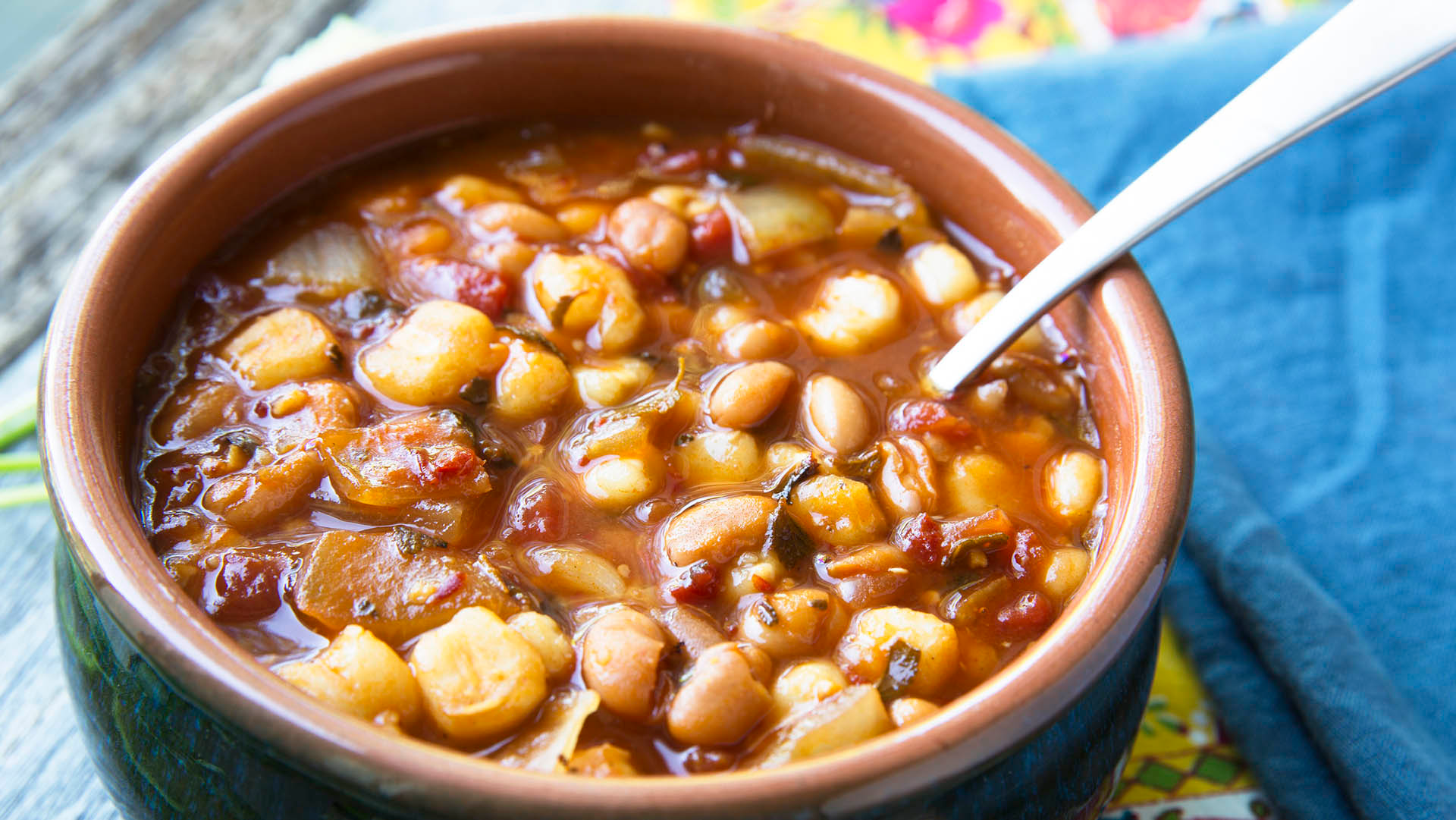Last Call: So That's How Hominy Is Made
For as frequently as we eat hominy in our house—at least once a month in pozole or other recipes—I never knew exactly how it was made. It's corn, sure, but how does it get so puffed up? And where's the kernel?
After I finished eating last night's dinner, I finally looked into the process. Hominy is whole corn that's undergone the process of nixtamalization, which comes from the Aztec language Nahuatl, in which nextli means ashes and tamalli means unformed maize dough. The process involves soaking the corn with lime (at one point, wood ash lye was used, which may explain the 'nextli' portion of the word), to remove the corn's pericarp, or outer shell. It's a process that's been used for centuries to not only extend the shelf life of foods like tortillas but to add iron and calcium to corn-based foods.
It's a pretty neat process to watch, especially if you keep in mind it's been practiced since Aztec times. You could even make your own hominy at home, if you could find flint or dent corn. Maybe that's my winter project.
